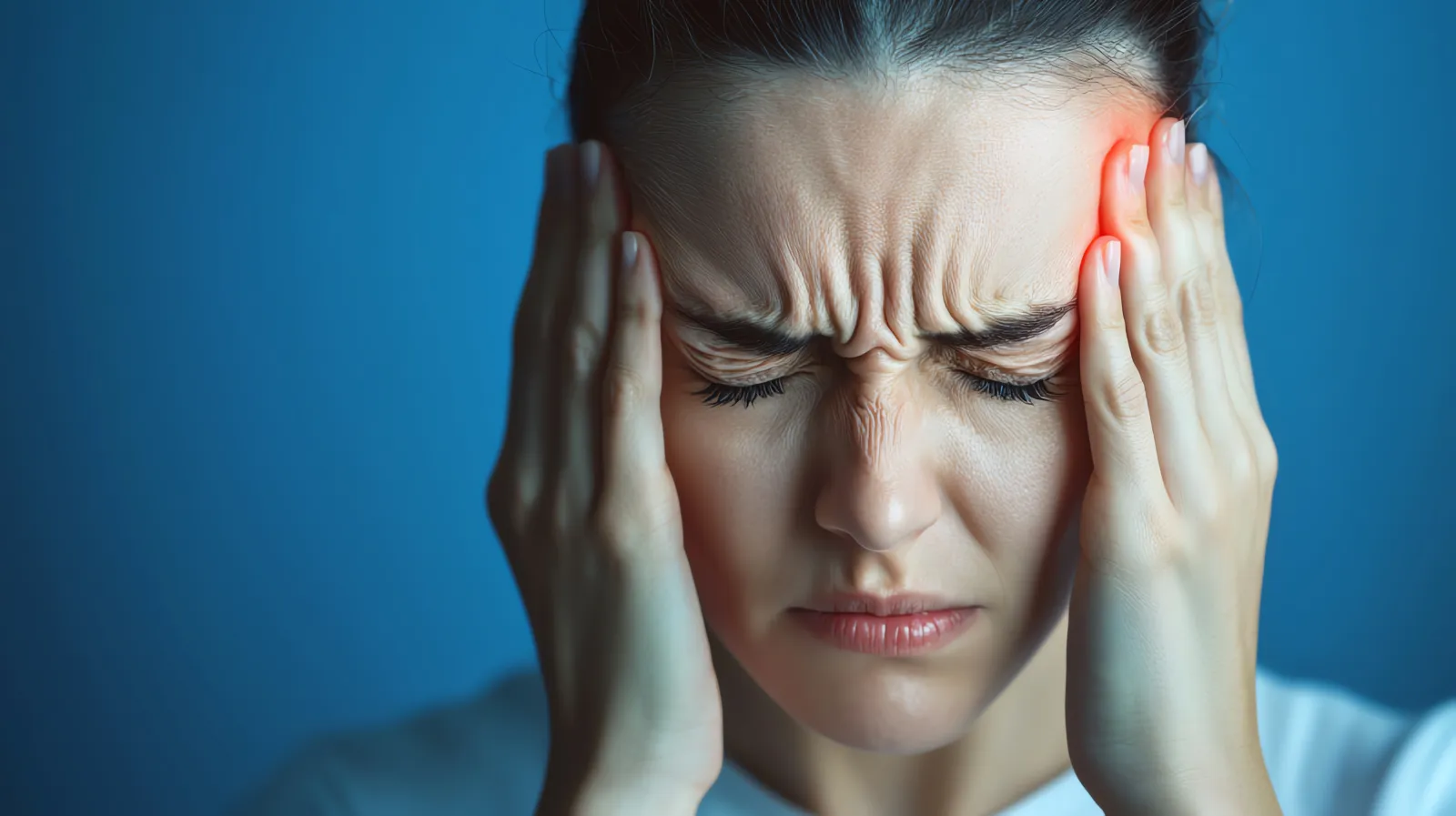
Most of us are familiar with head pain. Some is worse than others, but most all of us have experienced some form of a headache. Whether we experience them regularly, or from time to time, headaches present a real problem for many people in their day-to-day lives. June is National Migraine and Headache Awareness Month. Summit Medical Group wants to educate and spread awareness around these common conditions and encourage people who experience migraines or chronic headaches to seek help and learn about the treatment options available.
So, what are migraines and headaches, and what's the difference between the two?
Understanding the various types of headaches and migraines, their implications, and the steps to manage them is essential for patients, caregivers and healthcare providers to be able to navigate these challenging conditions effectively.
So, what's the difference between an average, everyday, headache and a migraine? We often associate both with that throbbing, painful feeling we experience in various areas of the head, but there's actually more to it than just that. To begin with, headaches are actually just one symptom of a migraine. Headaches can range in severity and length, but are altogether different than migraines. Some of the most common types of headaches include:
- Sinus headaches - clogged sinuses cause this type of headache to occur. When our sinus passages swell up, we experience a sinus headache.
- Cluster headaches - this type of headache tends to happen daily and sometimes many times per day for several months, and in different areas of the head. When blood vessels become dilated in the brain because of the release of serotonin and histamines we experience this type of headache. Changes in altitude, physical exertion, and bright light may bring on this type of headache.
- Tension headaches - these are the most common form of headaches we experience. Hunger, excess stress, and eye strain frequently cause this form of headache. Tension headaches are sometimes felt for prolonged periods of time.
Now that we know symptoms to look out for, what can we do to treat the symptoms we experience?
Most tension-type headaches are easily treated with over-the-counter medications, including aspirin, Ibuprofen (Advil, Motrin), or acetaminophen (Tylenol). Sinus headaches can be relieved by using a humidifier, saline sprays, or over-the-counter medications like antihistamines and decongestants.
Lifestyle changes can also help minimize the frequency
and severity of headaches. These can include maintaining a consistent sleep
schedule, staying hydrated, managing stress, and avoiding food triggers such as
caffeine, alcohol and certain food additives.
Our next blog will cover valuable
information on migraines, including types, symptoms, diagnosis, and treatment
options.
It is vital to seek medical
attention if your headaches are severe, frequent, or accompanied by other
concerning symptoms. Your doctor can perform a thorough evaluation, including
imaging studies like CT or MRI scans, to determine the underlying cause and
appropriate treatment option. For a list of Summit offices near you, visit www.summitmedical.com/locations.
